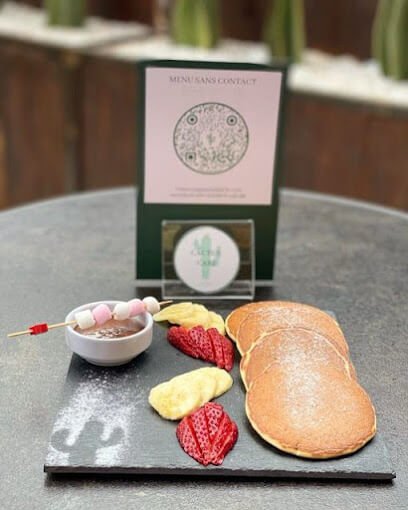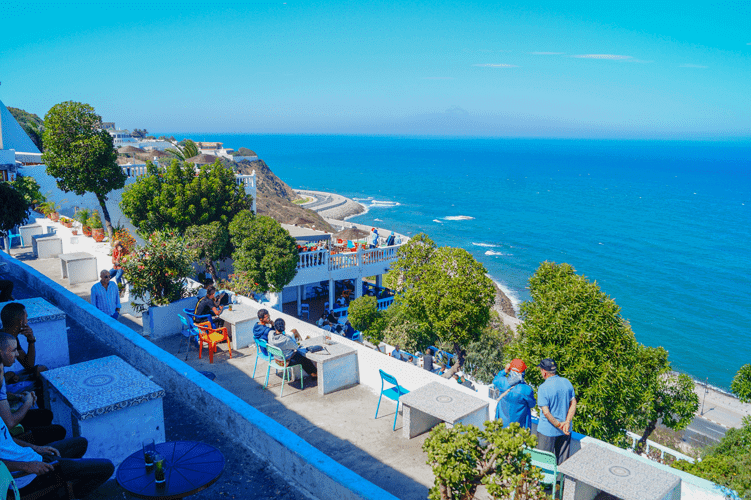Introduction to Moroccan Rugs
Moroccan rugs, with their origins steeped in the traditions of the Berber tribes found in the Atlas Mountains, are not merely functional household items but also intricate pieces of art embedded with cultural significance. The art of crafting these rugs has been passed down through generations, preserving the rich heritage of the Berber people. The initial purpose of these rugs was both utilitarian and ceremonial, serving as sleeping mats, seating, and even coverings for walls and floors within Berber dwellings. Over time, Moroccan rugs have transcended their practical uses to become highly coveted items in the world of high-end decor.
The distinctive characteristics of Moroccan rugs are what set them apart from other woven textiles. The intricate designs, often imbued with symbolic meanings and storytelling elements, reflect the weavers’ connection to their ancestry and the natural world around them. Bold colors punctuate the patterns, achieved through the use of natural dyes derived from local plants and minerals. This vibrant palette contributes to the rugs’ visual appeal, making them a favored choice for adding a touch of exotic elegance to modern interiors.
Moroccan rugs are celebrated for their unique weaving techniques, which have been honed over centuries. The traditional hand-knotting and weaving methods result in rugs that are both durable and intricate. Each rug can take months to create, with artisans meticulously intertwining each thread to realize elaborate motifs and patterns. This level of craftsmanship ensures that each Moroccan rug is a unique piece, embodying the skill and dedication of its creator.
The evolution of Moroccan rugs from practical household essentials to globally admired art pieces highlights the dynamic nature of this craft. Today, these rugs are not just appreciated for their aesthetic and functional qualities but also revered as cultural artifacts that offer a glimpse into the rich tapestry of Moroccan heritage. Whether used as a statement piece in contemporary design or cherished as a family heirloom, Moroccan rugs continue to captivate and inspire with their timeless appeal.
Materials and Tools Used
Moroccan rugs, celebrated for their intricate patterns and vibrant colors, owe their exceptional quality to the natural materials and traditional tools employed by skilled artisans. The primary material used in these rugs is sheep’s wool, prized for its warmth, durability, and texture. This wool is often sourced from local flocks, ensuring that the fibers are fresh and natural. In addition to sheep’s wool, camel hair, which adds a silky luster, and cotton, valued for its strength and breathability, are also common components in rug making.
Natural dyes play an equally critical role in the creation of Moroccan rugs. These dyes are derived from a diverse array of plants, minerals, and insects, resulting in an impressive spectrum of colors. Sourcing natural dyes locally not only supports sustainable practices but also guarantees the rugs’ vibrant and long-lasting hues. Common dye sources include plants like indigo and henna, minerals such as iron oxide and ochre, and insects like cochineal. The combination of these natural elements not only contributes to the beauty and uniqueness of each rug but also supports local economies.

The tools used in rug making are simple yet essential. Traditional looms, ranging from vertical to horizontal, form the backbone of the weaving process. Artisans use shears to trim excess fibers and ensure an even finish, while spindles are employed to spin wool into yarn. Each tool plays a specific role in transforming raw materials into exquisite rugs. The craftsmanship begins with meticulous washing and carding of the wool fibers, followed by spinning the wool into threads ready for dyeing. Only after these preparatory steps do the artisans begin the intricate process of weaving the threads into the final product.
The use of natural materials and traditional tools not only preserves the authenticity and quality of Moroccan rugs but also underscores the artisans’ deep connection to their cultural heritage. This practice ensures that each rug is a testament to time-honored techniques and represents a sustainable craft that continues to support and uplift local communities.
Weaving Techniques and Patterns
Moroccan rugs are celebrated not only for their vibrant aesthetics but also for the intricate weaving techniques employed by skilled artisans. Among the most prominent techniques are the flat weave, knotting, and embroidery, each contributing distinct textures and designs. The flat weave, or “hanbel,” is one of the simpler methods where the weft threads are woven tightly across the warp to create a smooth, lightweight rug, often featuring geometric patterns. In contrast, the knotting technique, known as “berber knot,” involves tying individual knots around the warp threads, producing a dense and plush pile. This method, commonly used by the Berber tribes, results in thick, warm rugs ideal for cold mountainous regions.

Embroidery, yet another technique, adds exquisite detail, with patterns stitched onto a pre-woven fabric base. This approach allows for a diverse array of motifs and textures, showcasing the weaver’s meticulous skill and artistic flair. Regional variations in weaving techniques also exist, reflecting the local traditions and environment. For instance, the refined and complex patterns of the Rabat region differ significantly from the bold and minimalist designs of the Atlas Mountains, illustrating the rich cultural tapestry of Morocco.
The significance of motifs and patterns in Moroccan rugs is profound. Common symbols such as diamonds, zigzags, and the “evil eye” not only serve decorative purposes but also carry deep cultural and spiritual meanings. These motifs often mirror the weavers’ tribal heritage, depicting natural landscapes, protective symbols, and elements from daily life. The process of creating these patterns can be meticulously pre-planned or spontaneously woven, allowing each rug to capture a unique essence.
Moroccan rugs are not merely functional items; they are storytelling artifacts, encapsulating centuries of tradition and skill. The careful selection of colors, patterns, and weaving methods demonstrates the weaver’s connection to their cultural lineage. This blend of artistry and cultural heritage ensures that each Moroccan rug is a singular piece, rich with history and imbued with the personal touch of the artisan who crafted it.
The Process of Rug Creation
The creation of a Moroccan rug begins with a meticulous process that demonstrates both tradition and skill. Artisans first set up the loom, an essential tool in rug weaving, ensuring it is secure and appropriately tensioned. This setup is critical as it forms the foundation upon which the rug will be crafted. The next step involves measuring and preparing the warp threads. These vertical threads are carefully stretched across the loom, their alignment and tautness crucial for the rug’s structure and integrity.
Once the loom is ready, the weaving process begins. Artisans interlace the warp (vertical threads) with the weft (horizontal threads) methodically. This intricate dance of threads builds the rug row by row. Weavers use natural dyes to introduce vibrant patterns and colors, drawing on centuries-old designs that are both culturally significant and visually striking. This is where the true artistry shines, as each knot is tied with precision, contributing to the rug’s overall texture and richness.
The weaving process is labor-intensive and can take weeks, if not months, depending on the rug’s size and complexity. As the weaver progresses, they constantly ensure the evenness of the weave and the accuracy of the design. This requires immense patience and unwavering concentration, reflecting the dedication of the artisans to their craft.
After the intricate weaving is complete, the rug receives its finishing touches. Excess fibers are trimmed away to highlight the design’s finer details. The rug is then gently washed to remove any loose threads or residual dye. This washing process not only cleans the rug but also softens it, enhancing its tactile qualities. Finally, the rug undergoes a durability check to ensure it withstands everyday use while maintaining its artistic integrity.

These steps, from loom setup to the final inspection, highlight the dedication and expertise that Moroccan rug artisans pour into their work. Creating these intricate works of art is a testament to human skill and the enduring legacy of traditional craftsmanship.
LINK SHOP : https://www.boucherouiterug.com/



